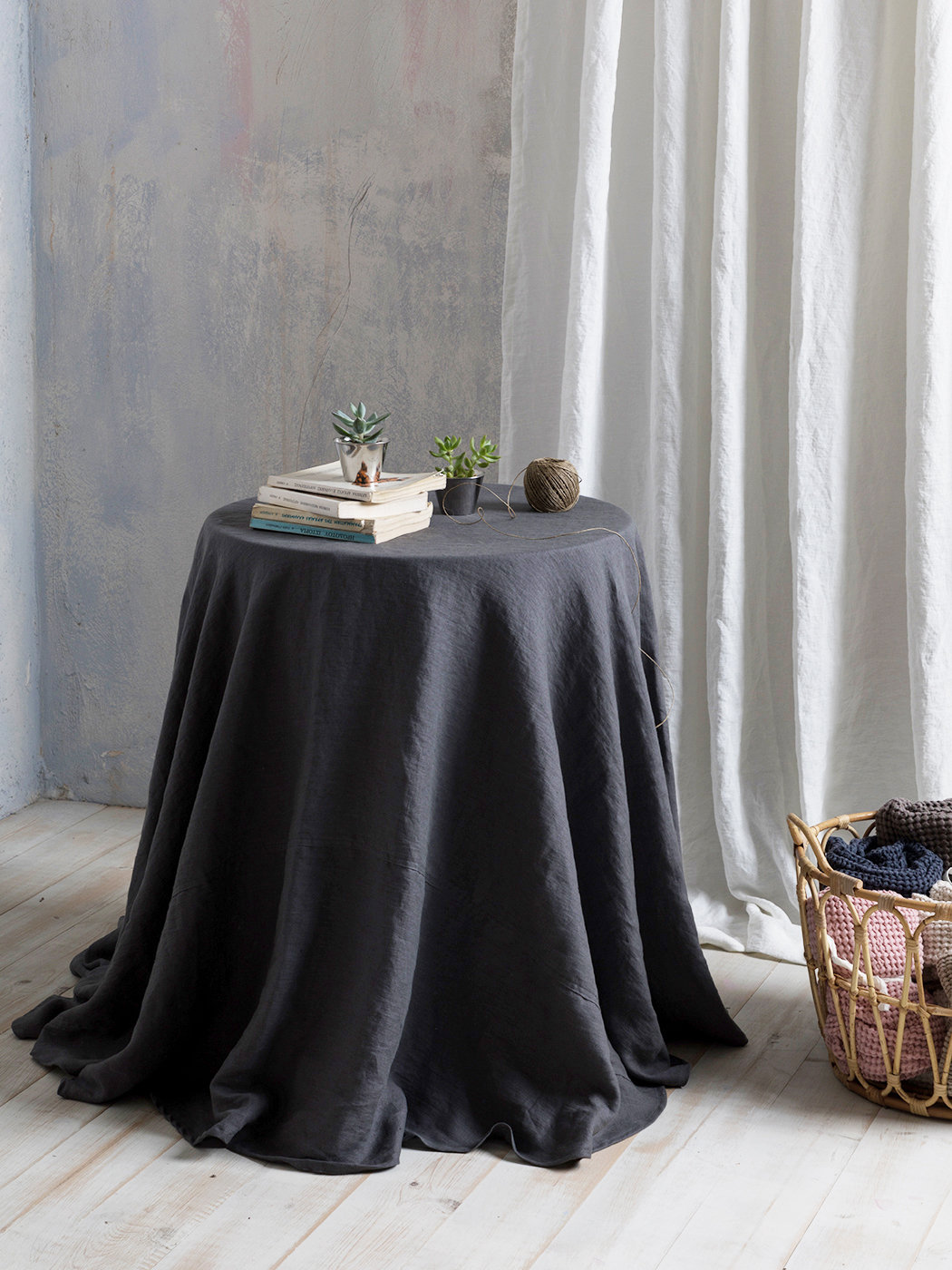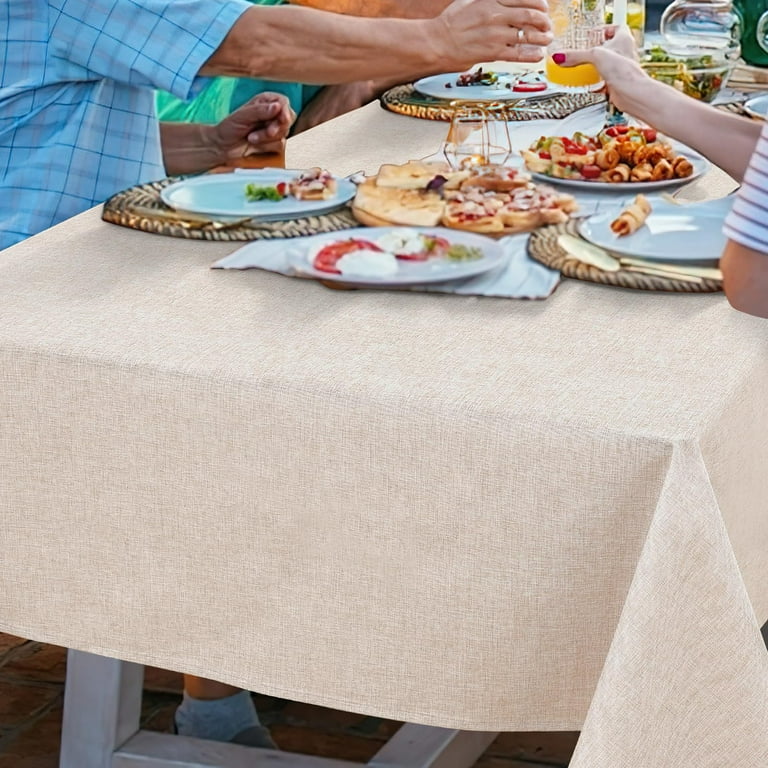Linen Fabric Developments: Discovering Modern Trends and Creative Applications in Design and Textile Market
In the world of textile technologies, linen has become a timeless yet flexible product that proceeds to astound enthusiasts and designers alike. With a rich history deeply intertwined with craftsmanship and sophistication, bed linen textile is experiencing a rebirth in the modern period. From lasting manufacturing approaches to cutting-edge weaving technologies, the advancement of bed linen is improving the landscape of the fabric market. As we explore the realms of innovative style applications and the development of linen blends and hybrid fabrics, a brand-new phase unravels in which bed linen's duty in future fabric technologies takes facility phase.
Lasting Practices in Bed Linen Production
Lasting techniques in linen production have actually come to be progressively important in the textile sector's efforts to minimize ecological influence and promote ethical sourcing techniques. Linen, an all-natural fiber originated from the flax plant, offers a variety of benefits such as biodegradability, resilience, and breathability. However, typical methods of bed linen production can involve substantial water consumption, pesticide usage, and energy-intensive procedures.
To resolve these challenges, numerous textile producers are taking on sustainable techniques throughout the bed linen manufacturing procedure. This consists of sourcing flax from natural ranches that stay clear of damaging chemicals and chemicals, implementing water-efficient retting techniques to extract fibers from the flax stalks, and making use of eco-friendly dyes and coatings. Additionally, some business are purchasing renewable resource sources to power their manufacturing facilities and reducing waste via recycling and upcycling efforts.
Technological Developments in Bed Linen Weaving
With the growing focus on lasting practices in bed linen manufacturing, the textile sector is now observing a rise in technological advancements especially intended at changing the art of linen weaving. These advancements are improving the way linen fabrics are produced, providing boosted performance, high quality, and creativity in weaving techniques.
Among the essential technical developments in linen weaving is the assimilation of electronic looms. These innovative looms are equipped with software that enables complicated and complex styles to be woven with precision. By digitizing the weaving process, manufacturers can attain higher consistency and accuracy in their linen materials.
Moreover, innovations in thread spinning modern technology have actually allowed the manufacturing of finer and more resilient bed linen yarns - table cloths. This leads to softer and smoother linen materials that retain their quality even after numerous uses and cleans
Furthermore, the growth of green dyeing processes and coatings for bed linen materials is obtaining traction. These sustainable methods not only lower the ecological influence however additionally deal with the raising customer demand for fairly created fabrics.
Creative Layout Applications for Linen
Ingenious creative techniques are significantly forming the imaginative design applications for bed linen in the fabric market. Designers are pressing the borders of traditional linen usage, discovering its flexibility in numerous applications. One popular trend is the integration of bed linen in sustainable fashion lines, where its eco-friendly residential properties are highlighted. Linen's all-natural aesthetic appeal and capacity to mix with other fabrics make it a preferred choice for developing special garments and accessories that deal with the eco conscious customer.
Additionally, developers are try out linen in home design, using its sturdy and breathable nature to craft fashionable furnishings such as drapes, bedding, and furniture. The structure and drape of bed linen bring a sense of refinement and comfort to interior rooms, including a touch of beauty to modern homes.

Bed Linen Blends and Crossbreed Fabrics

Crossbreed textiles, on the other hand, take the idea of blending a step further by incorporating additional components such as metallic strings, recycled products, or conductive fibers. These ingenious fabrics not only broaden the layout possibilities but also present useful facets like conductivity, antimicrobial residential or commercial properties, or boosted resilience. Crossbreed materials are significantly being used in various sectors, including style, interior decoration, and technological fabrics, where the need for multifunctional materials gets on the surge.
Linen's Role in Future Textile Innovations

In the world of future fabric innovations, linen is expected to be a principal in the growth of sophisticated functional fabrics. Researchers and developers are discovering methods to improve linen's inherent qualities through technological improvements, such as incorporating smart textiles, nanotechnology, and efficiency coatings. These developments intend to elevate linen's efficiency attributes, making it suitable for a broader variety of applications, from activewear to safety garments.
Moreover, the combination of linen with various other all-natural or synthetic fibers opens up endless opportunities for producing novel fabrics with special homes and capabilities. By leveraging bed linen's features and exploring ingenious blends, the textile sector is poised to present amazing advancements that accommodate advancing consumer needs and sustainability demands.
Conclusion
In final thought, the expedition of lasting practices, technical improvements, innovative layout applications, linen blends, and its role in future fabric technologies highlight the continual development of bed linen textile in the contemporary design and textile sector. With a concentrate on advancement and creativity, the flexibility and environment-friendly nature of bed linen make it a valuable material for producers and designers alike, leading the means for more developments and innovations in the field of textiles.
As we delve right into the realms of innovative style applications and the appearance of bed linen blends and hybrid materials, a new phase unfolds in which linen's Web Site role in future fabric developments takes center phase.
Checking out the combination of bed linen with various other fabrics has actually led to the development of innovative blends and hybrid fabrics in the modern fabric industry. Linen blends supply a special combination of the characteristics of bed linen with those of various other fibers, resulting in fabrics that possess improved properties such as enhanced resilience, boosted draping, and lowered wrinkling.The advancement of linen blends and crossbreed materials has actually established the phase for Linen to play a critical role in driving future fabric innovations.In the realm of future fabric developments, linen is anticipated to be a crucial player in the development of advanced functional fabrics.